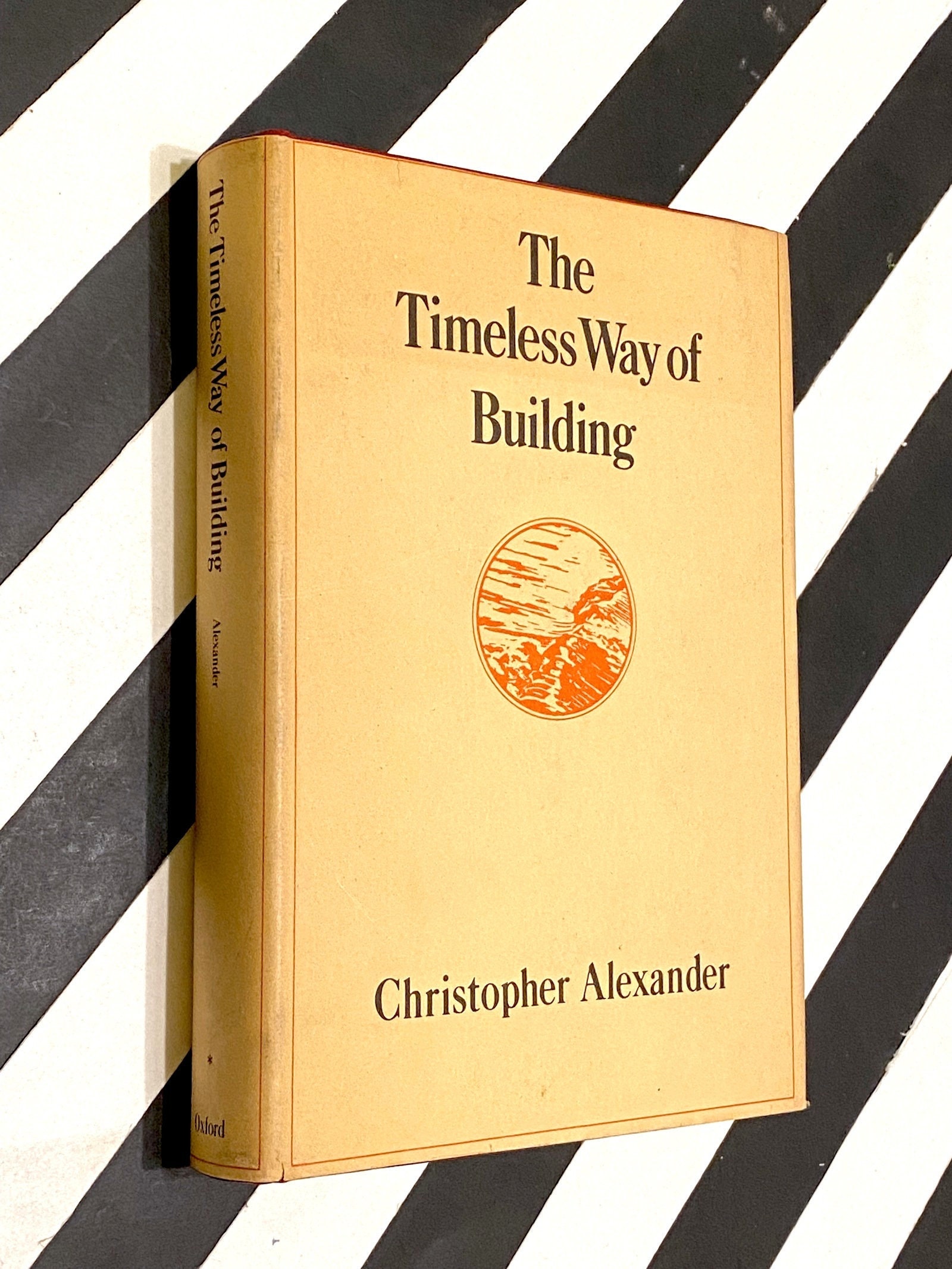

The Routledge Companion to Smart Cities explores the question of what it means for a city to be ‘smart’, raises some of the tensions emerging in smart city developments and considers the implications for future ways of inhabiting and understanding the urban condition. The analytical tools developed can be of value for planning research and practice. We uncovered the British-American predilection of Alexander’s theory, which is well-supported by observations in London and New York yet less so in Hong Kong or Gdansk, suggesting the need for a locally-sensitive approach. The study shed light on the hidden relationships between urban spatial structure and behaviors, in both the virtual and physical world. The same cannot be observed for “complex network” with consistency, and we found no independent associations between “living structure” and life, contrary to existing literature. This quality can be captured by Meshedness Coefficient, a graph-network indicator for a semilattice-shaped street network and a strong predictor for urban life. Our results support Alexander's early works that an old urban district contains more “semilattice” than new ones. This research design was implemented in London, New York, Hong Kong, and Gdansk. The structure-life relationship was tested statistically, after controlling for urban form and socio-demographic confounders, including land use, density, block size, parks, income, age, and demographics. Urban life was captured using a combination of Twitter activities, Point-Of-Interests, and walking trips, aggregated at the district level. The structural qualities of an urban street network, conceived as “semilattice”, “complex network” and “living structure”, were measured using graph-topological indicators. We translated his constructs and premises into a mathematically testable form. This study aims to test Alexander’s urban structural theory under a comprehensive research framework. Subsequent literature failed to distinguish the structural differences between the old and new cities in systematic ways, nor is his asserted structure-life relationship verified with rigor. Alexander's idea, although widely influential, remains contested for its lack of empirical support.

This structural distinction can explain, or perhaps determine “the patina of life” in old urban districts and the lack of such in new ones. The latter is shaped in a graph-theoretical “tree”, which lacks the structural complexity as its sub-systems are compartmentalized into a single hierarchy. The former resembles a “semilattice”, or a complex system encompassing many interconnected sub-systems.

Christopher Alexander, a British-American scholar, famously differentiated an old (natural) city from a new (planned) one in structure.


 0 kommentar(er)
0 kommentar(er)
